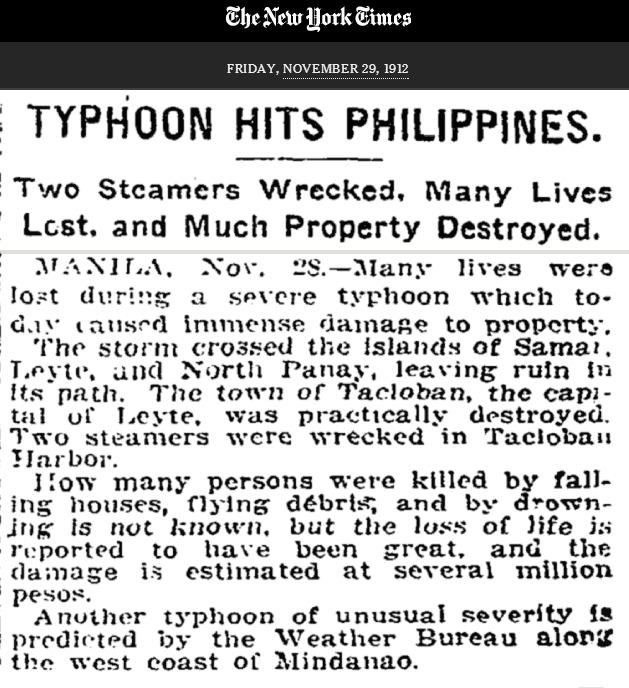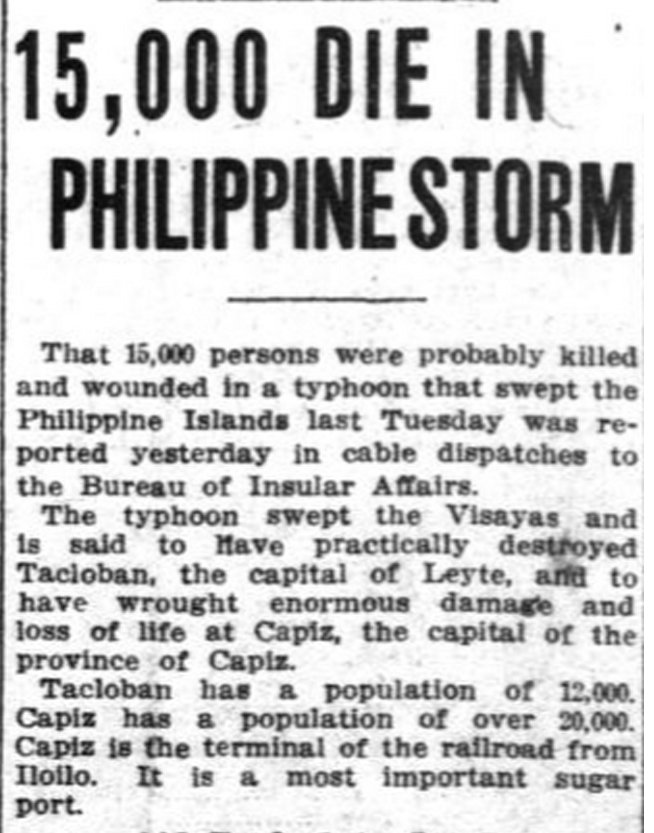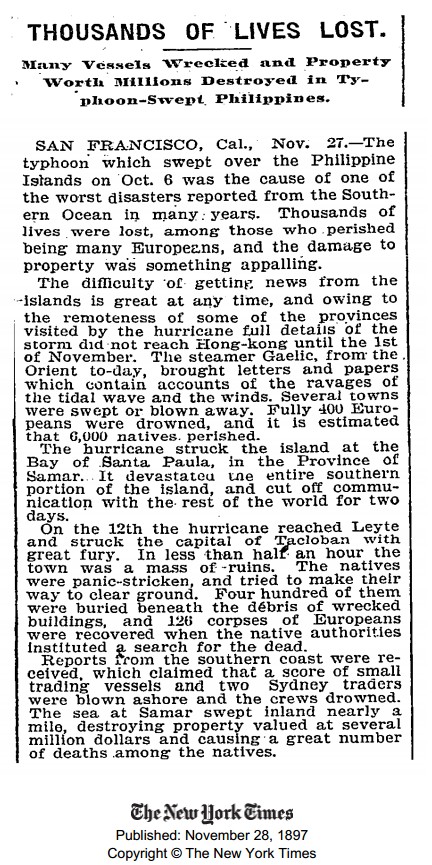Disrupting the Borg is expensive and time consuming!
Google Search
-
Recent Posts
- Fact Checking The New York Times
- New Visitech Features
- Ice-Free Arctic By 2014
- Debt-Free US Treasury Forecast
- Analyzing Big City Crime (Part 2)
- Analyzing Big City Crime
- UK Migration Caused By Global Warming
- Climate Attribution In Greece
- “Brown: ’50 days to save world'”
- The Catastrophic Influence of Bovine Methane Emissions on Extraterrestrial Climate Patterns
- Posting On X
- Seventeen Years Of Fun
- The Importance Of Good Tools
- Temperature Shifts At Blue Hill, MA
- CO2²
- Time Of Observation Bias
- Climate Scamming For Profit
- Climate Scamming For Profit
- Back To The Future
- “records going back to 1961”
- Analyzing Rainfall At Asheville
- Historical Weather Analysis With Visitech
- “American Summers Are Starting to Feel Like Winter”
- Joker And Midnight Toker
- Cheering Crowds
Recent Comments
- Bob G on Fact Checking The New York Times
- Bob G on Fact Checking The New York Times
- Bob G on Fact Checking The New York Times
- arn on Fact Checking The New York Times
- conrad ziefle on Fact Checking The New York Times
- arn on Fact Checking The New York Times
- Bob G on Fact Checking The New York Times
- conrad ziefle on Fact Checking The New York Times
- Bob G on Fact Checking The New York Times
- czechlist on Fact Checking The New York Times
Tacloban Was Destroyed By Typhoons In Both 1897 And 1912
This entry was posted in Uncategorized. Bookmark the permalink.





Question if I may: I recently saw a chart showing landfalling typhoos have been dropping since the 70s. This included the Philippines. However, it only went to 2005 http://www.climate-skeptic.com/2014/12/typhoons-and-hurricanes.html
I’m putting the question to him as well as you: is there an update on said info? I’d like to use it but it is 9 years out!
http://www.nhc.noaa.gov/ (Atlantic and Western Pacific)
http://www.usno.navy.mil/JTWC/annual-tropical-cyclone-reports
Try these and see if it’s what you’re looking for.
Tropical storms in the tropics are proof of climate change to the loons of the left! The Goracle told them so 😉
Actually, tropical storms are proof of climate change. They are part of a natural cycle that’s been working fine for millions of years, I suspect.
No one defines on this page what the acronym “UHI” stands for. I read climate stuff all the time and I haven’t heard of it.
The BIG issue in places like the Philippines is population growth which has ~doubled in ~35 years. And increase of 50 million!!
http://filipinosforlife.files.wordpress.com/2011/01/phl-pop-x-time.png
Unknown to many is the IPCC’s report, Managing the Risks of Extreme Events and Disasters to Advance Climate Change Adaptation. (A Special Report of Working Groups I and II of the Intergovernmental Panel on Climate Change. Cambridge University Press, Cambridge, UK, and New York, NY, USA, pp. 1-19.)
Of course, IPCC hides and ignores what the extreme weather experts said:
Rapid urbanization and the growth of megacities, especially in developing countries, have led to the emergence of highly vulnerable urban communities, particularly through informal settlements and inadequate land management. Vulnerable populations also include refugees, internally displaced people, and those living in marginal areas.
The experts could find no firm trends in floods, storms and droughts. Naturally, that’s not what we hear in the media.
The issue is not the climate and weather. It is the rapid growth and poor planning. Heck, even here in Canada we build million dollar houses on flood plains and along mountain wash basins. Insane. Poor folks in the Philippines don’t have options and are vulnerable.